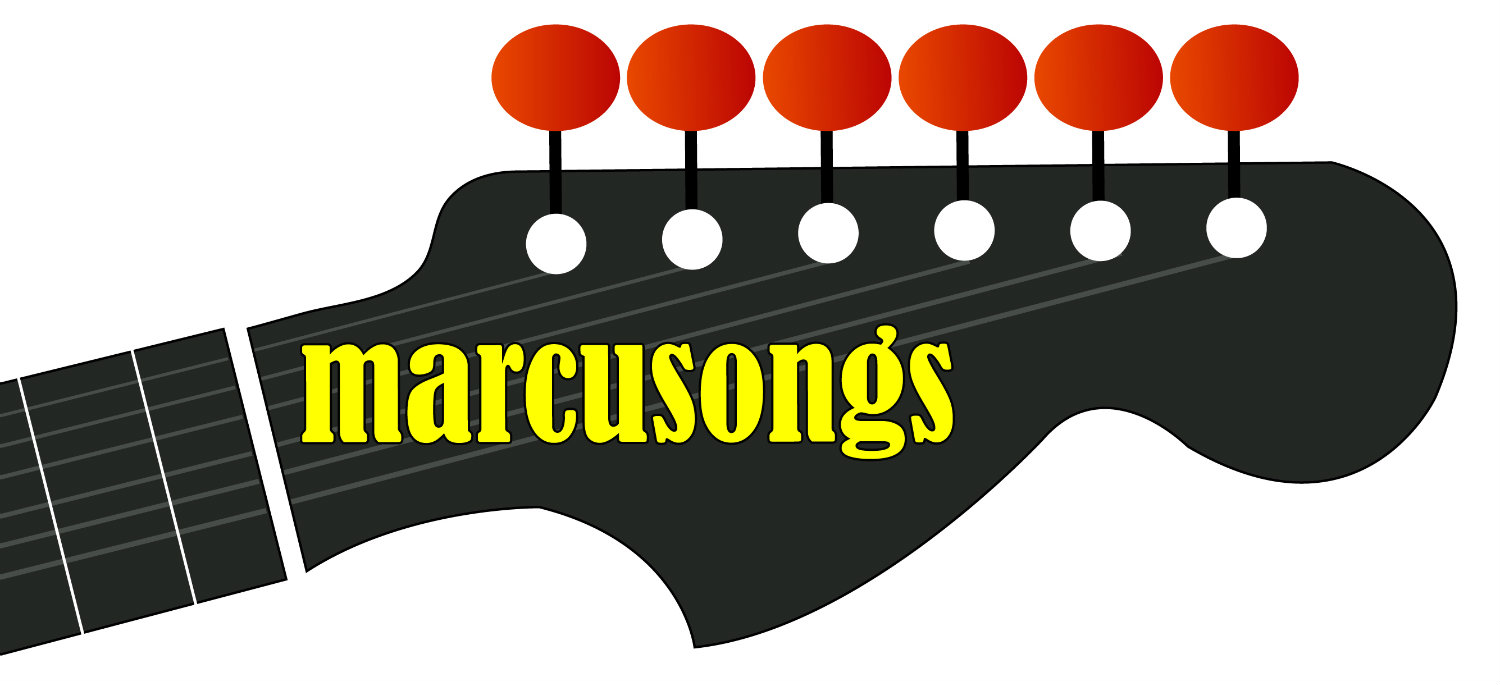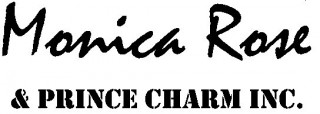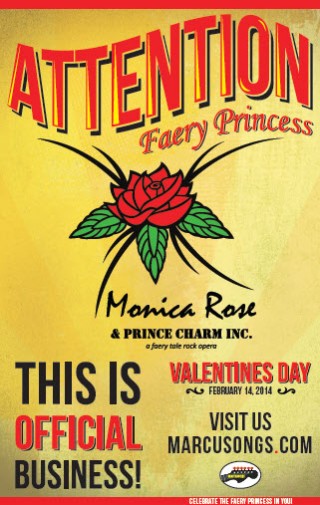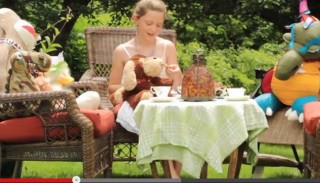We heard a story about a bluesman from Louisana the other day. He said they were poor sharecroppers. So poor that the windows had no glass panes. His mother bought pieces of screen and tacked them over the window, so they could get some sleep on those hot, humid nights and hold back the mosquitoes.
This kid would separate some of the wire from the screens around the edges and stretch them over a cigar box into a primitive sort of guitar. They used to call that a ‘Diddly Box’. His father chased him out of the house for the ‘god-awful’ noise every time he played. His uncle came over one day with a beat up old guitar with two strings on it and gave it to him. We know him as Buddy Guy. The rest is history.
Listening to Buddy Guy taught us a lot about the blues. It inspired a whole lot of other folks, as well. Every white boy with a guitar from Texas has some Buddy Guy in his veins. While Stevie Ray Vaughn, Kenny Wayne Shepherd, and Johnny Winter are busier and more filling, you can sure hear the Buddy Guy influence. Almost every ZZ Top song worships at the altar of Buddy Guy.
Across the pond, in Merry Olde England, the likes of Eric Clapton, Jimmy Page, Gary Moore, and Jeff Beck, all credit Buddy Guy as a major influence. That gritty wildness finds its way through the fingertips, like a voice with a growl that is both raw and emotional.
Buddy Guy played guitar with Howlin’ Wolf and Koko Taylor and was known for his blistering riffs. A fixture on the blues scene, he has come to define the Chicago Blues sound. Buddy has a nightclub in Chicago called ‘Buddy Guy’s Legends’ and unlike a lot of old, black blues musicians, he lives a comfortable life and admittedly, has a lot to be thankful for.
Buddyguy.com takes you to Buddy’s nightclub in Chicago. Buddyguy.net gives you the straight dope on gigs, discography, and Buddy Guy, himself.
Photo courtesy of Jean-Luc Ourtin







